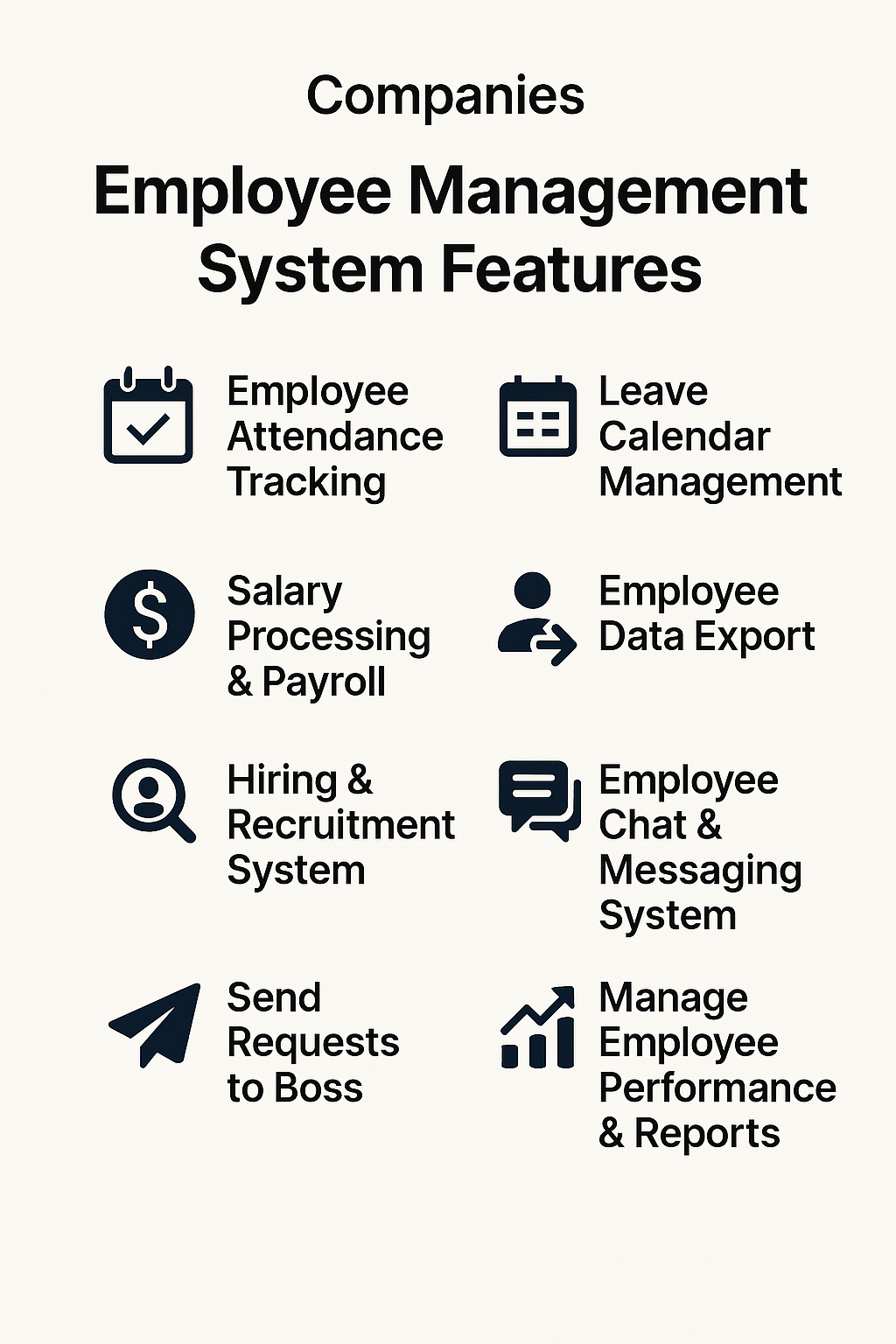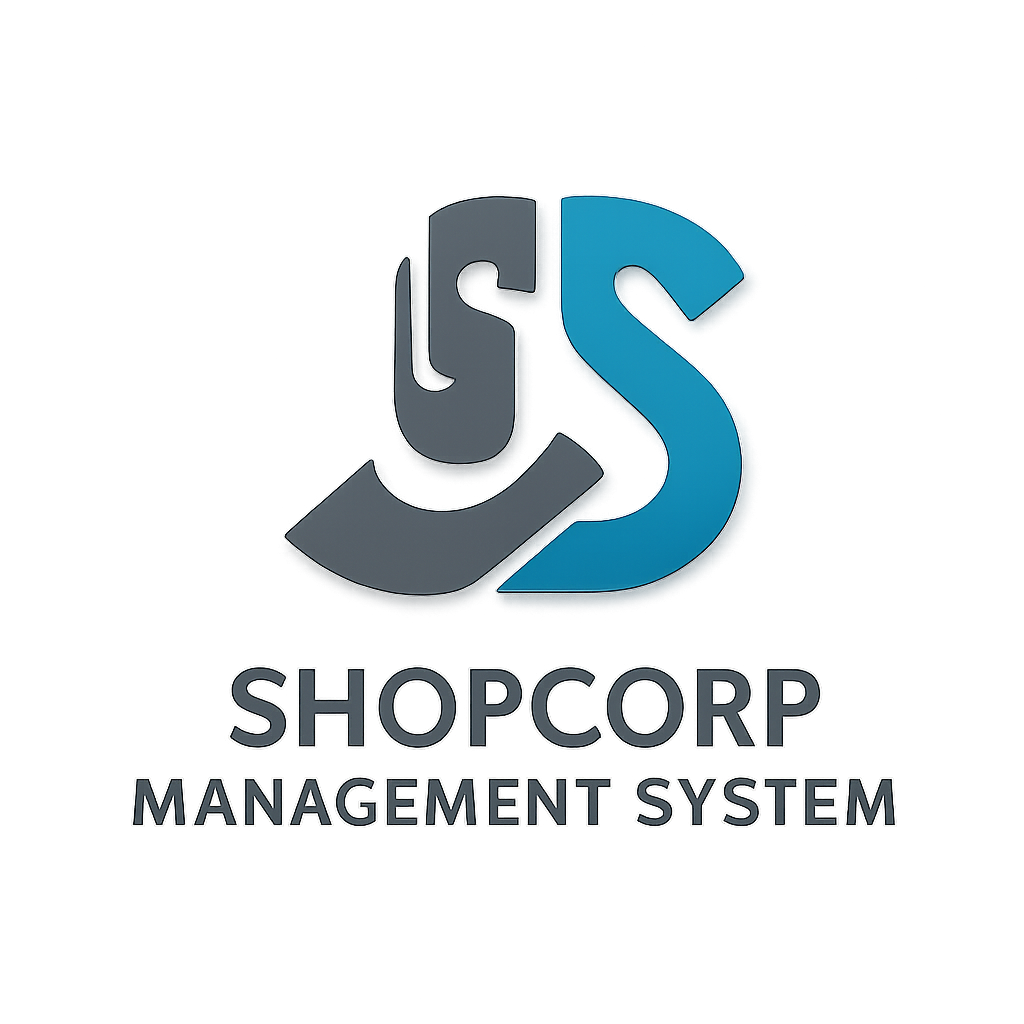
Introduction Managing employees efficiently is crucial for any company’s success. From tracking attendance to managing payroll, businesses need a streamlined approach to ensure productivity. In this blog, we explore key aspects of employee management and how technology can make the process seamless.
1. Employee Attendance Tracking Attendance tracking ensures accountability and efficiency. Companies can leverage digital solutions like biometric systems, mobile apps, and cloud-based tracking tools to monitor employee attendance in real-time. These systems help reduce errors, prevent time theft, and improve workforce discipline.
2. Leave Calendar Management A well-structured leave management system prevents conflicts and ensures smooth operations. An automated leave calendar allows employees to request time off while giving HR a comprehensive view of staff availability. This ensures fair leave distribution and uninterrupted workflows.
3. Salary Processing & Payroll Accurate salary processing is essential for employee satisfaction and compliance. Payroll software automates calculations, deductions, and tax filings, ensuring timely and error-free salary disbursements. Integrated payroll systems also help with compliance by managing employee benefits and tax regulations efficiently.
4. Employee Data Export Data export capabilities enable businesses to generate reports and analyze employee performance. With a robust HR management system, companies can export attendance records, salary details, and performance evaluations to make data-driven decisions.
5. Hiring & Recruitment System Recruitment is the backbone of organizational growth. Automated hiring platforms streamline job postings, candidate screenings, and interview scheduling. AI-powered tools help HR teams find the best talent by analyzing resumes and matching candidates to job requirements efficiently.
6. Employee Chat & Messaging System Effective communication fosters collaboration and productivity. A dedicated employee chat and messaging system allows instant communication, reducing email overload and enhancing teamwork. These tools enable quick decision-making and create a more connected work environment.
7. Sending Requests to Boss Employees often need approvals for leaves, expenses, or project proposals. A structured request system allows workers to submit requests digitally, reducing paperwork and improving response times. Digital approval systems ensure transparency and enhance workflow efficiency.
8. Managing Employee Performance & Reports Performance tracking is vital for continuous growth. Companies can utilize performance management tools to set goals, track progress, and generate reports. Regular performance evaluations help businesses identify top performers, provide constructive feedback, and implement training programs to enhance skills.
Conclusion Investing in digital solutions for employee management is no longer optional—it’s a necessity. From attendance tracking to performance monitoring, technology simplifies HR operations, ensuring higher productivity and a happier workforce. Companies that embrace these solutions stay ahead in the competitive business landscape.
Are you ready to revolutionize your employee management system? Explore top HR tools today and take your business to the next level!

